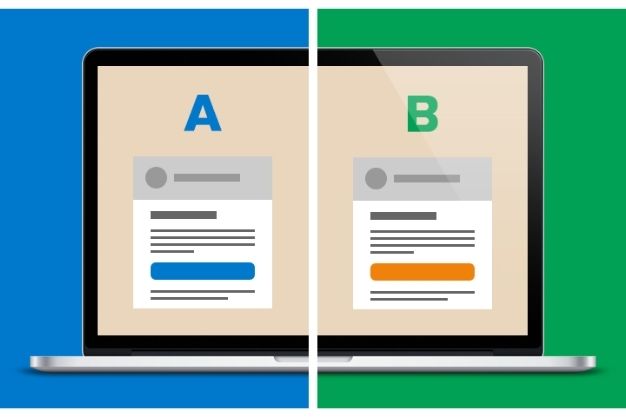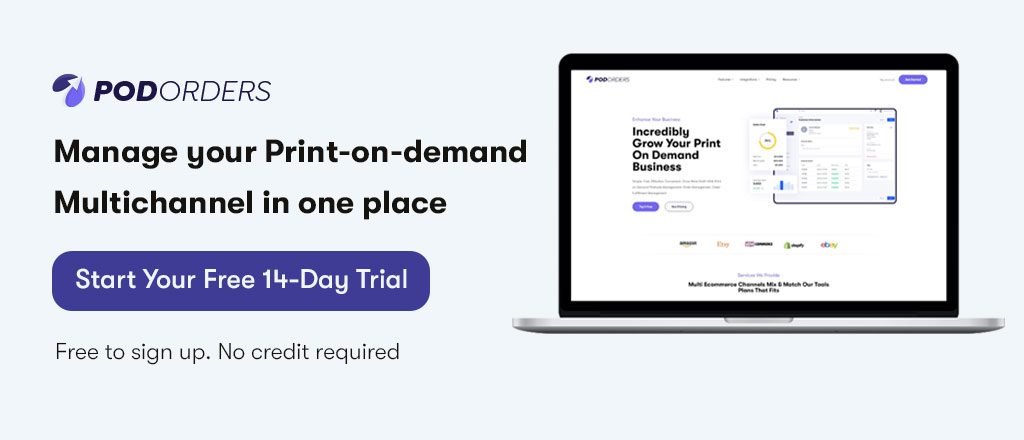One of the most crucial aspects of conversion rate optimization is A/B testing, but what precisely is A/B testing in digital marketing? And how is it being used by marketers to boost landing page conversion rates and improve campaign ROI?
This blog post will outline the most important aspects of the process of A/B testing in digital marketing, as well as how you can quickly adapt it in a range of settings to maximize your digital marketing and assure long-term success.
What is A/B Testing in Digital Marketing
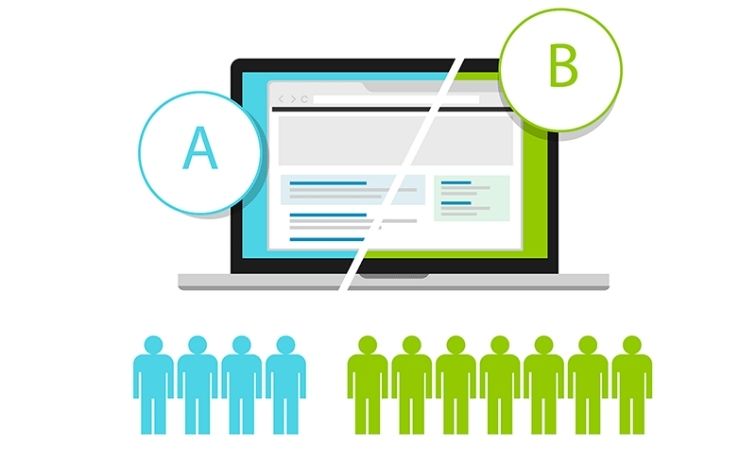
A/B testing – is a type of content experiment in digital marketing in which marketers develop two variations of a landing page or web page to see which one performs the best against set marketing objectives. Understanding A/B testing in relation to the other most popular forms of context experiments, split tests, and multivariate tests, is the best method to do so.
A split test, often known as a split URL test, is a content experiment in which marketers show two completely different landing sites to distinct groups of customers and then track conversions to see which one performs better.
Digital marketers do not employ fully separate landing pages when doing an A/B testing in digital marketing. Instead, they use versions of the same page with only one element changed, such as the call-to-action, sales language, or the color or placement of a page element.
A/B testing in digital marketing seeks to uncover performance improvements by making tiny changes to specific website elements and evaluating any changes in clicks or conversions. Split testing evaluates the difference in performance between two completely distinct pages.
Multivariate testing experiments are also used by certain digital marketers to improve website performance. Multivariate A/B testing in digital marketing is similar to an A/B test, except that instead of changing just one element on the page, marketers create multiple variations of multiple items. These modifications can be combined in a variety of ways and presented to customers to see which combination of adjustments delivers the greatest A/B testing in digital marketing results.
How Does A/B Testing Work
Let’s look at an example of A/B testing in digital marketing to see how it works.
Consider the following scenario: you have two distinct landing page designs and you want to know which one will perform better.
After you’ve finished designing your landing pages, send one to one group and the other to the other. Then you look at analytics like traffic, clicks, and conversions to see how each landing page performs.
If one outperforms the other, that’s fantastic! You can start investigating why this is the case, and it may influence how you develop landing pages in the future.
Why Need To Do A/B Testing
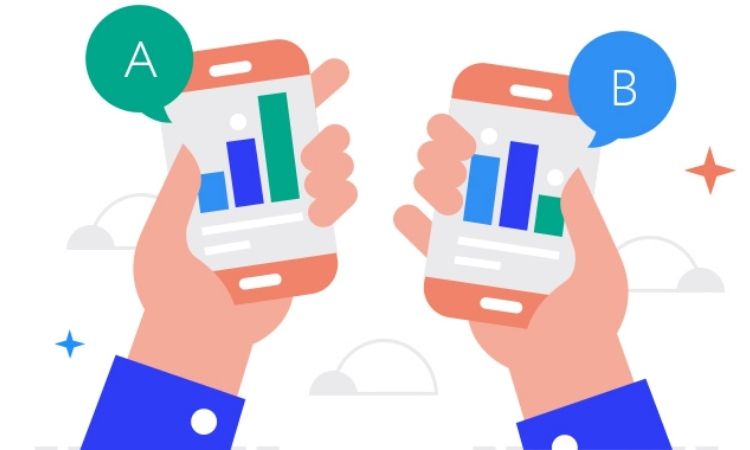
Setting high-level objectives, which serve as a baseline against which the campaign can be measured, is the first stage in any successful digital campaign. Increasing the amount of traffic to a company’s website is frequently cited as the main goal.
An experienced digital marketer understands the value of employing A/B testing in digital marketing analytics tools to evaluate the success of their company’s website. What happens next, though? Your company’s website may receive a lot of traffic on a regular basis, but if it doesn’t convert, it’s virtually useless.
A/B testing in digital marketing gives you information that allows you to make the most of your traffic while avoiding costly mistakes. For example, before running a display ad campaign that drives people to a product page on your website, doing an A/B test on that page and applying the results will ensure that it has the highest possible chance of converting customers without spending money on ineffective clicks.
To recap, A/B testing in digital marketing can help you boost the number of quality leads generated and sales closed while lowering costs. Despite these clear, easy-to-achieve benefits, only 22% of firms are satisfied with their conversion rates, implying that A/B testing is severely underutilized.
A/B testing Process
An A/B testing in digital marketing can be completed in a few simple steps:
Collect data: Using analytics tools can assist you in determining which portions of your website should be A/B tested. You could utilize a heat map to find out how users are utilizing your website to provide a strong starting point for further granular knowledge.
Create two variations: Whether you’re changing the text on a button, rephrasing a product description, or changing the color of a banner picture, the modifications you make should always be justified. Simply, if someone asks why you made a particular change, you should be able to firmly respond.
Start the A/B testing in digital marketing: In order to get actual, representative results, your A/B testing in digital marketing should be performed for 3 to 4 weeks with large sample size. Visitors will be led to one of two landing page versions at random when they visit your website.
Analyze its effectiveness: this is possibly the most crucial step in the A/B testing in digital marketingprocess since it allows you to put what you’ve learned from the results to good use.
There are a plethora of A/B testing in digital marketing tools available to assist you in setting up, running, and analyzing experiments. Make sure to look into a few different possibilities to locate the one that best suits your company’s demands. It’s a simple but effective investment that will boost your profit margins in the long run, especially when you consider that just 1 dollar is spent converting clients for every 92 dollars spent acquiring them.
Congratulations if your variant is a winner! Examine whether you can use what you learned from the trial to other pages on your site, and keep iterating to enhance your results. Don’t be concerned if your experiment yields a negative or no outcome. Use the experiment as a learning tool and come up with fresh hypotheses to test.
Which Are the Best Elements to A/B Test
Headlines and copywriting
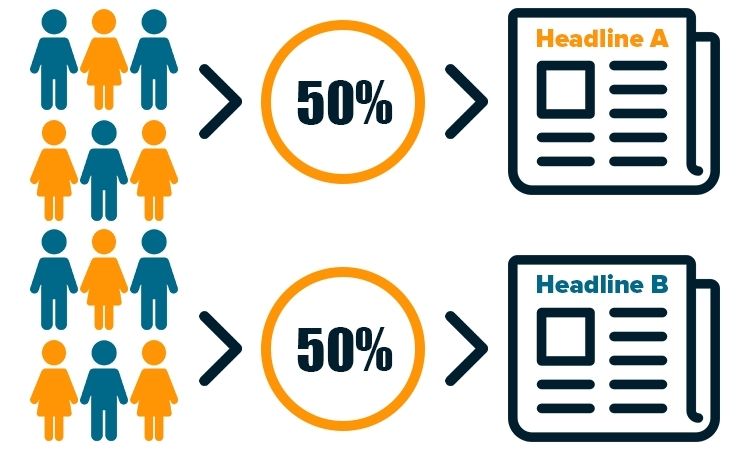
When someone visits a website, the first thing they see is your headline. They won’t stick around if it doesn’t catch their attention. If you’re stuck, see my video on how to write catchy headlines. It’ll inspire you to come up with new headlines based on your current ones.
Conversions can also be influenced by other factors of copywriting. What wording do you use on your CTA button or as anchor text for your CTA link, for example?
Experiment with different paragraph lengths and persuasion degrees. Is your target audience more interested in a strong sale or a gentler approach? Will you use statistics or anecdotal text to persuade prospects?
CTAs
Your call to action instructs readers on what they should do next. It should persuade the reader to take advantage of your offer since it is too good to pass up. Even changing one word in your CTA can have an impact on conversion rates. Other factors, such as button color, text color, contrast, size, and shape, can influence how well it performs.
During an A/B test, don’t adjust many attributes at the same time. If you wish to test the background color, leave the font and link colors alone. Otherwise, you won’t be able to tell which quality contributed to the difference in your A/B testing results.
Images, audio, and video

Omnichannel marketing is something I really believe in. I make podcasts, films, and infographics because I know I won’t be able to reach every single member of my target audience with SEO-optimized text alone.
If you have a video library, A/B testing video testimonials versus written testimonials, or short infographics versus longer versions, is a wonderful idea. Even stock photos can have an influence on your A/B testing if you don’t have a video channel or a resource page yet. If you have a photo of someone pointing at your headline or call to action, for example, the image will naturally focus users’ attention to that aspect. All of these A/B testing in digital marketing experiments might assist you in determining how your target audience reacts.
Subject lines
The subject line of an email has a direct impact on open rates. If a subscriber doesn’t find anything appealing, the email will almost certainly end up in the trash.
According to a recent study, typical open rates in a variety of industries range from 25% to 47%. Even if your email open rate is above average, only approximately half of your subscribers will read it.
A/B testing subject lines can help you increase the number of individuals who click on your link. Examine the use of questions versus statements, compare and contrast power words, and evaluate subject lines with and without emojis.
Content depth
Some customers want high-level information that gives them a broad overview of a topic, while others want a thorough dive that goes into every detail. Which of the following categories do your potential clients fall into?
Create two pieces of material to test content depth. One will be substantially longer and provide more information than the other. SEO, as well as metrics like conversion rate and time on page, are influenced by content depth. You can use A/B testing in digital marketing to determine the best balance between the two. This isn’t just true for informational items like blog posts. It may have an effect on landing pages as well.
Product descriptions
Product descriptions, on the other hand, are the polar opposite. Short product descriptions are more effective in e-commerce. Consumers like concise, easy-to-understand material that highlights the most important aspects of a product.
Social proof
Did you know that 70% of buyers base their purchasing decisions on what they read in online reviews? Displaying social proof on your landing pages, product pages, and another A/B testing in digital marketing assets can boost conversions, but only if it’s done well.
For example, compare star ratings to testimonials in an A/B test. You might also compare quotes in videos vs. plain photos.
Email marketing
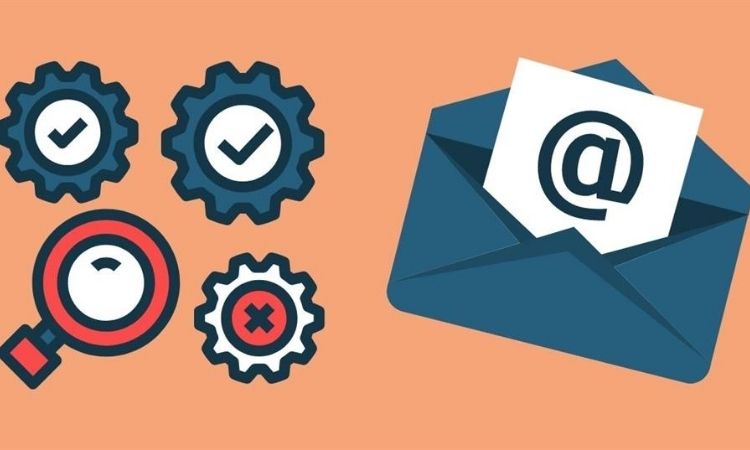
A/B testing your marketing emails is simple. You just distribute version A to 50% of your subscribers and version B to the other subscribers.
As I previously stated, even the smallest adjustments to your email signup form, landing page, or another marketing asset can have a significant influence on conversions. Let’s imagine you perform a 20-day A/B test with 8,000 people seeing each variation. If Version A outperforms Version B by 72%, you’ve discovered a factor that influences conversions.
Three facts support the conclusion:
- You only made one change to the page or form.
- Each version was seen by an equal number of persons.
- The test lasted long enough for statistical significance to be reached.
You won’t know unless you put it to the A/B testing in digital marketing. When you show your audience multiple copies of material or imagery at the same time, you get scientifically valid results.
Media mentions
When your company, product, or service is featured in a big publication, whether online or offline, it’s a fantastic feeling. You want people to be aware of it, but you must also provide the information in a clear and efficient manner.
A/B testing alternative pull quote designs is a good idea. You could also try referring to the publication by its name rather than its logo.
Landing pages
Your landing pages must convert visitors into customers for whatever product you are promoting. You’ll lose a prospective sale if they don’t.
On your landing pages, a heat map can show you where users are clicking. Collecting this information before running an A/B test can help you refine your hypothesis and determine which parts are the most crucial to test. You’ll be able to see where people’s eyes naturally gravitate on the page, allowing you to place your most critical piece, such as the CTA, there.
The Takeaway
A/B testing in digital marketing is one of the most effective methods for gathering data on your copywriting and design choices. Marketers can improve conversion rates and revenue without spending additional time or money bringing visitors to landing pages.
Read more:
- Tik Tok Ads for eCommerce: New Marketing Trends in 2021
- 10+ Best Twitter Analytics Tools to Drive Your Conversions Effectively
- Stop Making These Tik Tok Marketing Mistakes To Boost Sales Crazily in 2021
- Top 15+ Deadly Google Ads Mistakes That Waste Your Money
- Top Powerful Content Writing Tools For SEO to Generate Sales 2021
